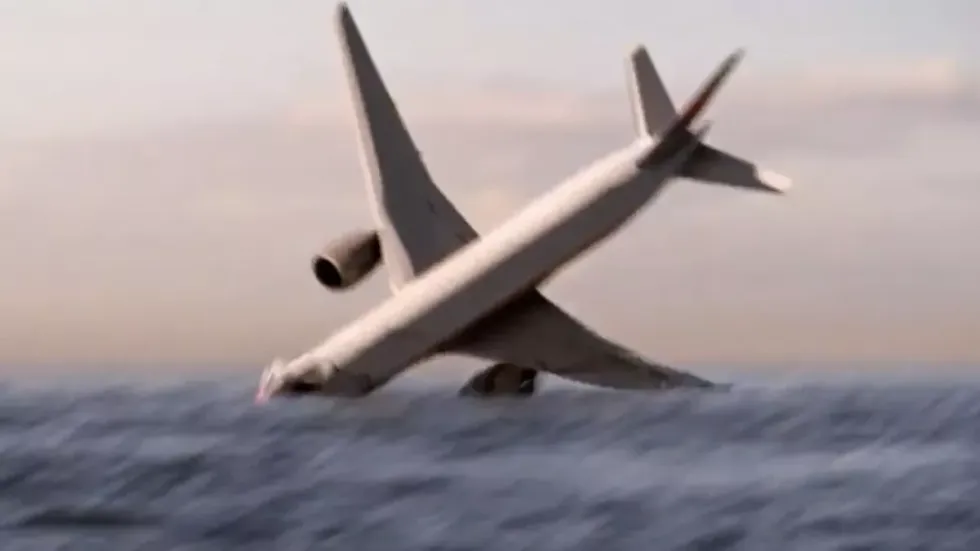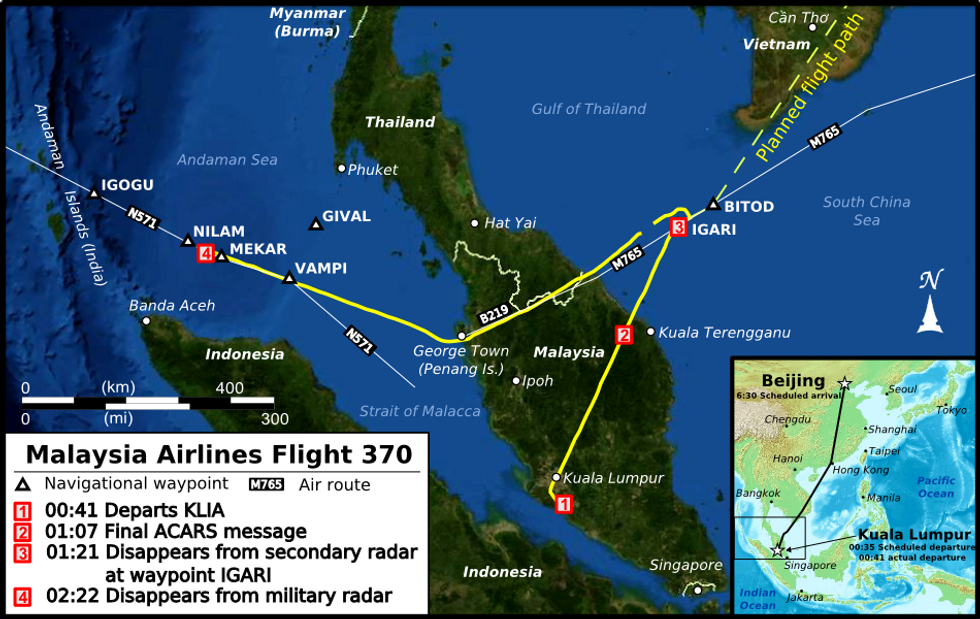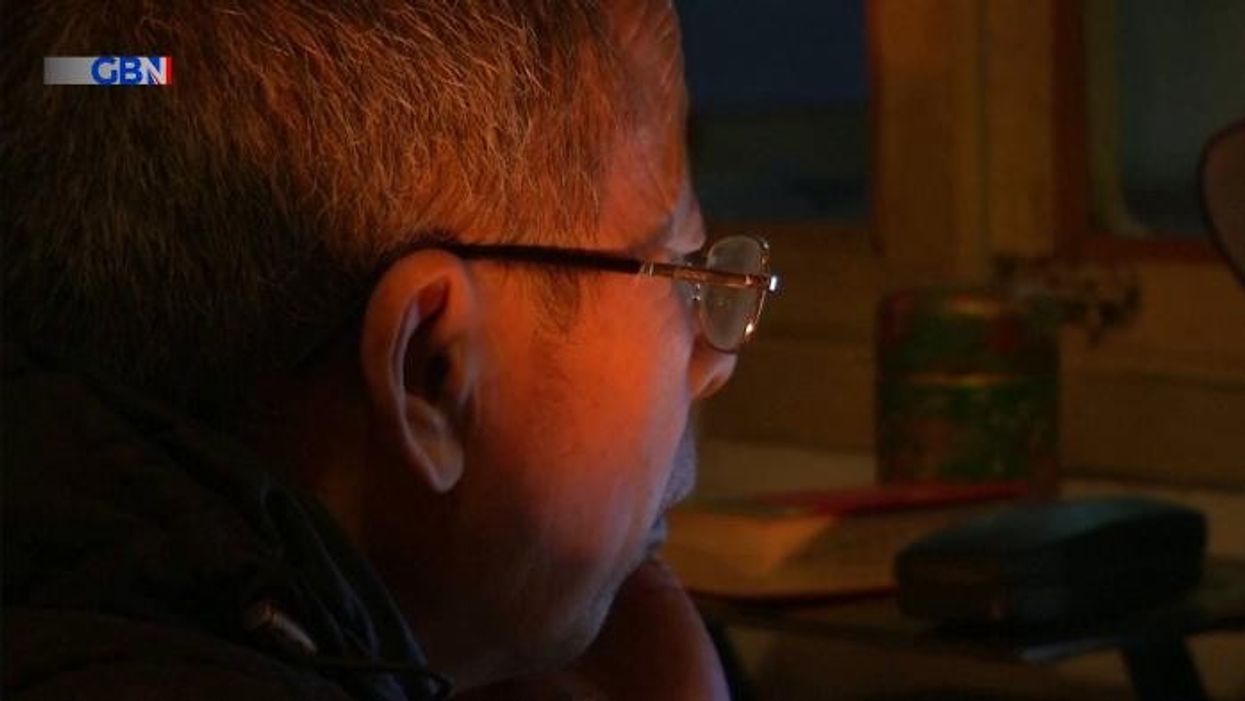MH370 search officer makes candid admission over error that had huge impact on investigation

Former naval officer Peter Waring said he believes the search focused on the wrong areas
Don't Miss
Most Read
A naval officer who took part investigation into the disappearance of MH370 has admitted the search made an error.
Peter Waring said he believes the flight deliberately crashed into a never-explored area deep in the Indian Ocean.
The 41 year old was drafted into the international search effort to find the 239 people on flight MH370 six months after it disappeared on March 8 2014.
Investigators scoured the sea in the South Indian Ocean. However, both government backed and private investigations failed to find any substantial evidence.

MH370 search officer makes candid admission over error that made huge impact on investigation
|NATIONAL GEOGRAPHIC
The official story given claims that pilot Zaharie Ahad Shah, executed a sudden U-turn less than an hour into the flight. The flight plummeted into the Indian Ocean near an area known as the 7th Arc.
However, Waring, an expert in mapping sea floors, believes MH370 was deliberately crashed into an area known as the Geelvinck Fracture Zone approximately a thousand miles to the south of the 7th Arc.
He told The Sun: "I think [the search team] may have gone wrong with the assumption that the aircraft wasn't under control at the end. 'We were taking this quite seriously during the search, that the aircraft may have continued to be under control in one form or another after it crossed the 7th Arc.
"Once that had happened that means that the aircraft was probably further south...if the aircraft was still under control at the seventh arc then the size of the Indian Ocean they could of of reached is so unimaginably large that you wouldn't have been able to afford to search it all. There was a whole lot wasted effort looking in the wrong areas."
LATEST DEVELOPMENTS:

The final flight path of MH370
|WikiCommons
Waring said he agrees with the theory posed by Boeing 777 expert Simon Hardy, who suggested that Shah was 'suicidal' and deliberately flew the plane towards the Geelvinck Fracture Zone.
Hardy, brought into the search effort in Waring's final months with the team, suggested he flew into the trench, around half a mile deep and seven miles wide on the sea floor, knowing it would be difficult to find.
He also believes that Shah was in control of the plane when it went down around 1,500 miles off the west coast of Australia. There have been rumours that Shah was suffering from family issues.
However, the pilot's wife has denied any personal problems and other family members and his friends said he was a devoted family man and loved his job.
Waring said on his podcast, The Search for MH370 - Deepest Dive, that the search team's success was measured in how much of the ocean they scanned, rather than whether the search area was correct.
He said: "It was clear to me, that no matter what new evidence arose or what new analysis was undertaken, that the box [search area] would remain the same.
"'This is arguably the most rough area of ocean in terms of sea state in the world, ships are moving so slowly you could walk faster.'
"Not only was the ship moving very slowly, which you don't do in bad weather, but they were dragging this thing[search equipment] behind them that was two miles deep in the water. It's really dangerous, we were very lucky no one got hurt and or killed and it annoyed me that we were so flippant with their [crew's] safety."











